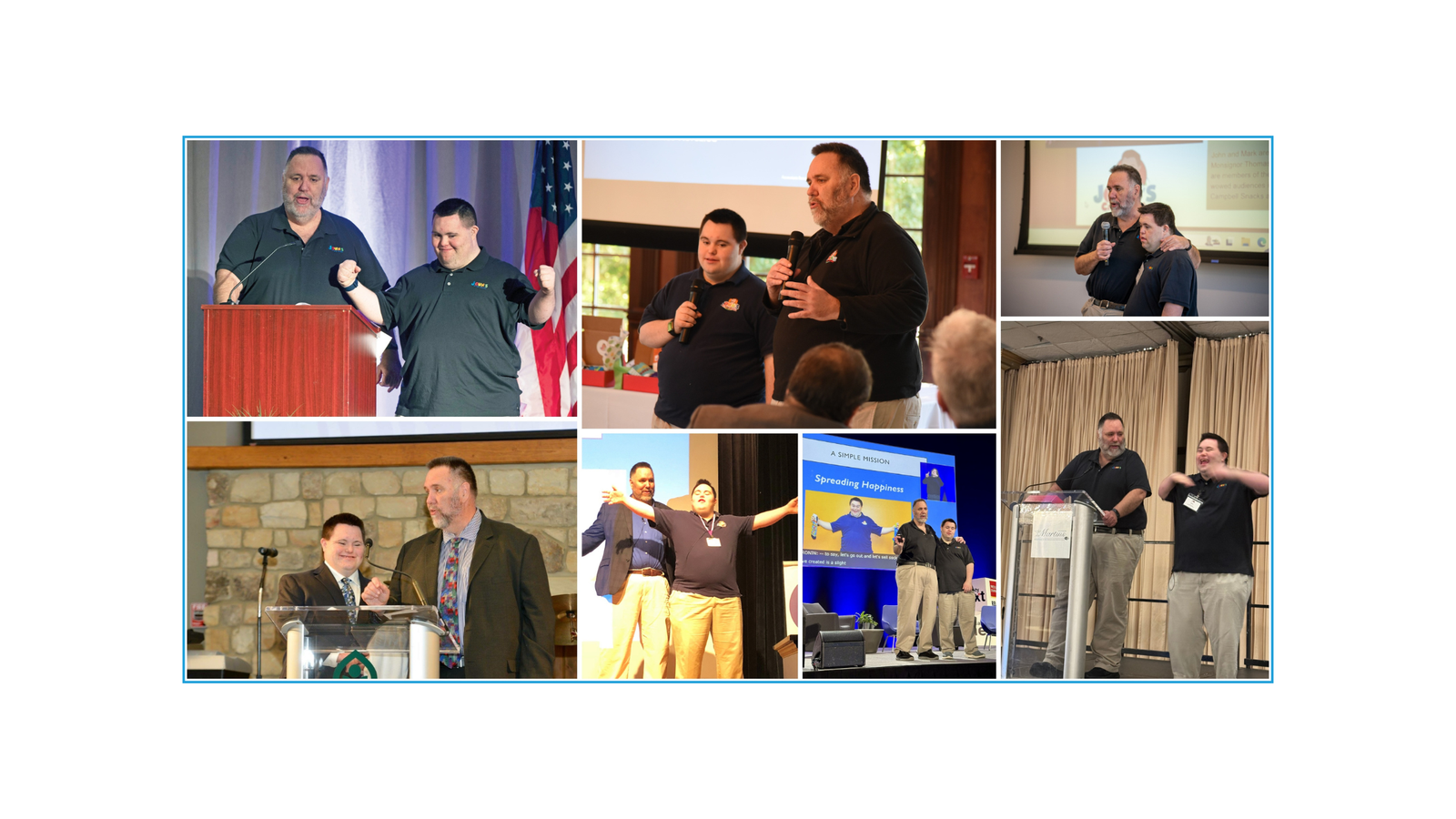Claudia Fortunato-Napolitano is the Happiness Hero at John’s Crazy Socks. At the age of only 34, she suffered a major stroke in January 2017. Claudia is an essential team member at John’s Crazy socks working to spread happiness and show every day what is possible when you give a person a chance. Claudia is sharing her recovery in this blog, so others can learn of the challenges facing stroke recovery patients and people in recovery can take strength and inspiration from knowing they are not alone.
My friend and co-worker, Steve, came up to me and said that I should write a preventative blog post. I thought that was a great idea because people don’t know what a stroke really is, and since Luke Perry just died from a stroke, it makes sense. I think it’s a great idea. I hear news reports on the radio and television, people saying that they don’t know what a stroke is. I am going to make your aware of the signs that you (or someone you may be with) is having a stroke.
The most important thing to remember is the acronym: F.A.S.T.
F is Face Droping. Does one side of the face droop or is it numb? Ask the person to smile. Is the person's smile uneven or lopsided?
A is Arm Weakness. Is one arm weak or numb? Ask the person to raise both arms. Does one arm drift downward?
S is Speech. Is speech slurred? Is the person unable to speak or hard to understand? Ask the person to repeat a simple sentence.
T is Time to call 911. If the person shows any of these symptoms, even if the symptoms go away, call 9-1-1 and get them to the hospital immediately.
FAST is the reason that my co-workers called 911. They recognized the signs of a stroke. It is the reason that I got the tPa and Thank God I did. I couldn’t imagine what my world would be like if I didn’t get the tPa on time. I might be dead. It must be taken within 4.5 hours of a stroke. The tPa, for the most common type of stroke, the Ischemic stroke, which is a clot in your brain. The tPa is, according to the American Stroke Association:
Considered the gold standard, tissue plasminogen activator – r-tPA (otherwise known as alteplase) is approved by the Food and Drug Administration to treat ischemic stroke, which is caused when a vessel supplying blood to the brain is blocked.
Doctors administer Alteplase IV r-tPA through an IV in the arm, dissolving the clot and improving blood flow to the part of the brain being deprived. Many people don’t arrive at the hospital in time to receive the medication, which can save lives and reduce long-term effects of stroke. So, it’s important to identify stroke and seek treatment immediately.
Additional Stroke Symptoms are:
Sudden NUMBNESS or weakness of face, arm, or leg, especially on one side of the body
Sudden CONFUSION, trouble speaking or understanding speech
Sudden TROUBLE SEEING in one or both eyes
Sudden TROUBLE WALKING, dizziness, loss of balance or coordination
Sudden SEVERE HEADACHE with no known cause
Be prepared and call 9-1-1. For additional information, you can go to the American Stroke Association webpage.
Thank you for taking the time to read this. It is important for you to know the signs of a stroke. It could save yours or someone else’s life.
Every day, every week, I take more steps. It is hard, but I keep getting better.





